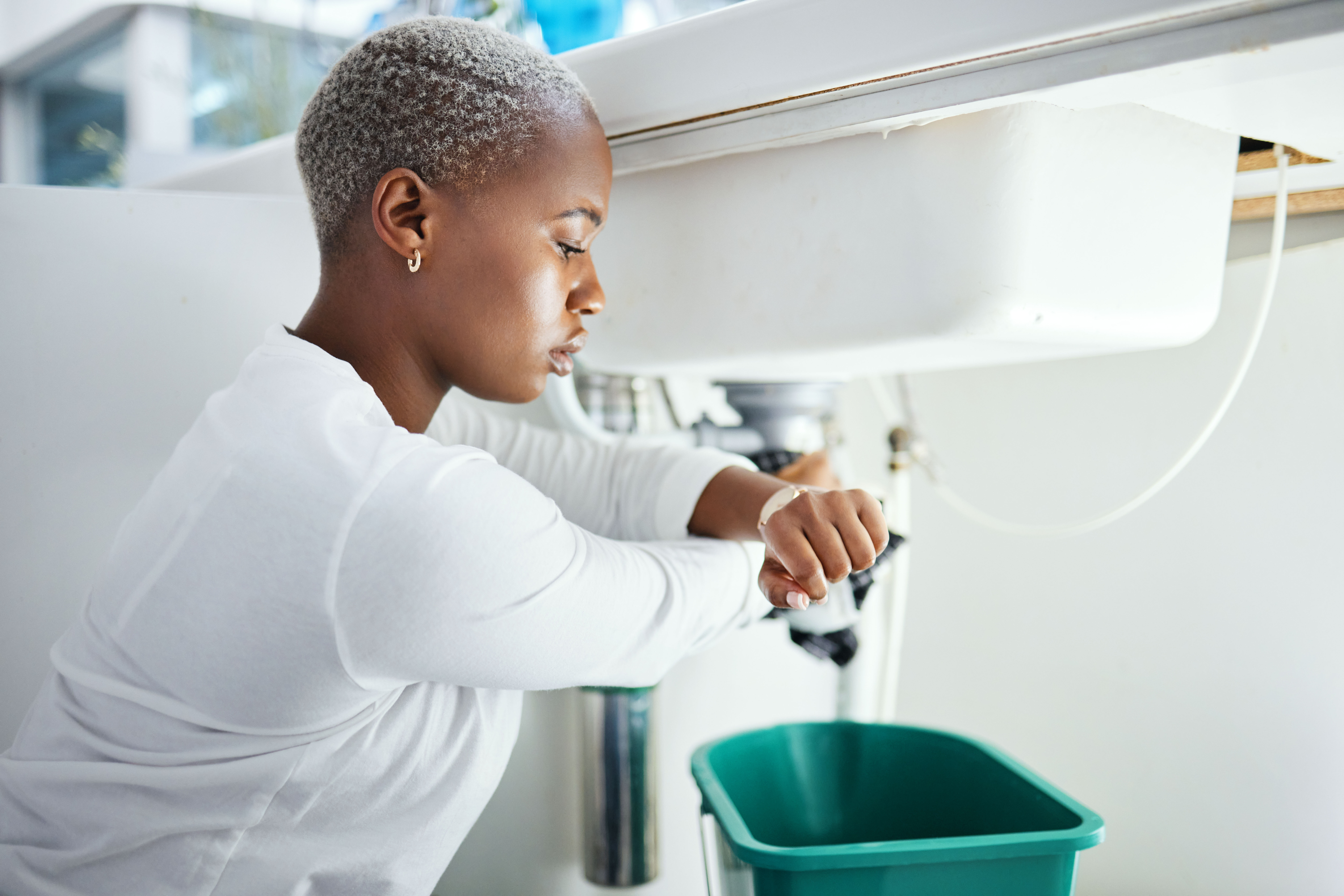Stop Plumbing Panic: Easy Checklist Hacks for a Smooth-Flowing Home
Maintaining your home’s plumbing system is essential for avoiding costly repairs and ensuring everything runs smoothly. By staying on top of regular maintenance tasks, you can prevent leaks, clogs, and other plumbing emergencies. Follow this comprehensive checklist to keep your pipes in top condition.
Quick Tips for Effective Maintenance:
- Regular Inspections: Perform visual inspections of your plumbing system every few months to catch any issues early.
- Preventive Measures: Implement preventive measures such as installing drain strainers and using hair catchers to prevent clogs.
- Know Your Shut-Off Valves: Familiarize yourself with the location of shut-off valves for the main water supply and individual fixtures in case of emergencies.
- Professional Inspections: Schedule annual inspections with a licensed plumber to assess the condition of your plumbing system and address any potential problems.
Monthly Maintenance Checklist:
- Check for Leaks:
-
- Inspect all faucets, toilets, and exposed pipes for any signs of leaks.
- Look for water stains or mold growth, which could indicate a hidden leak.
- Repair any leaking fixtures or pipes promptly to prevent water damage.
- Test Water Pressure:
-
- Use a pressure gauge to test the water pressure in your home.
- High pressure can strain your pipes and lead to leaks, while low pressure can indicate underlying issues with the plumbing system.
- Adjust pressure regulator valves as needed to maintain optimal pressure.
- Clean Drains:
-
- Remove debris from sink, shower, and bathtub drains using a drain snake or cleaning solution.
- Preventive maintenance helps prevent clogs and keeps water flowing freely.
- Consider using enzymatic cleaners to break down organic matter and prevent future clogs.
- Inspect Toilet Components:
-
- Check the toilet tank for leaks or running water.
- Ensure the flapper valve and fill valve are functioning properly.
- Replace any worn-out parts to prevent water waste and costly repairs.
- Check for Signs of Water Damage:
-
- Look for water stains on walls, ceilings, and floors.
- Pay attention to musty odors, which could indicate hidden leaks.
- Address any water damage promptly to prevent mold growth and structural damage.
Quarterly Maintenance Checklist:
- Flush Water Heater:
-
- Drain and flush your water heater to remove sediment buildup.
- Flushing the tank improves efficiency and prolongs the lifespan of your water heater.
- Check the anode rod for corrosion and replace if necessary.
- Check for Hidden Leaks:
-
- Examine walls, ceilings, and floors for any signs of water damage or mold growth.
- Address any hidden leaks promptly to prevent structural damage.
- Consider using moisture meters to detect hidden leaks behind walls or under floors.
- Test Sump Pump:
-
- Pour water into the sump pit to test the operation of your sump pump.
- Ensure the pump activates and effectively removes water from the pit.
- Clean the pump inlet and check the discharge pipe for obstructions.
- Inspect Outdoor Plumbing:
-
- Check outdoor faucets, hoses, and sprinkler systems for leaks or damage.
- Winterize outdoor plumbing in colder climates to prevent freezing and bursting pipes.
- Insulate outdoor pipes and faucets to protect them from extreme temperatures.
Annual Maintenance Checklist:
- Schedule Professional Inspection:
-
- Hire a licensed plumber to conduct a comprehensive inspection of your plumbing system.
- Check for signs of corrosion, leaks, and deterioration in pipes and fixtures.
- Test water quality and recommend appropriate treatment options if necessary.
- Check Water Quality:
-
- Test your water quality for hardness, pH levels, and contaminants.
- Consider installing water treatment systems if necessary to improve water quality.
- Flush and disinfect your hot water heater to remove sediment and bacteria buildup.
- Inspect Sewer Lines:
-
- Have a professional plumber inspect your sewer lines for any signs of damage or blockages.
- Use video inspection cameras to identify problems and assess the condition of sewer lines.
- Address sewer line issues promptly to prevent sewage backups and costly repairs.
- Check Appliance Connections:
-
- Inspect connections to appliances such as dishwashers, washing machines, and ice makers for leaks or damage.
- Replace worn-out hoses or connectors to prevent water damage.
- Check for mineral deposits in appliance filters and clean or replace them as needed.
Conclusion:
Regular plumbing maintenance is essential for keeping your home’s plumbing system in top condition and preventing costly repairs. By following this comprehensive checklist and staying proactive about maintenance tasks, you can ensure your pipes continue to flow smoothly for years to come. Remember, when in doubt, always consult with a licensed plumber for professional assistance. Your efforts in maintaining your plumbing system will not only save you money but also ensure the comfort and safety of your home.

